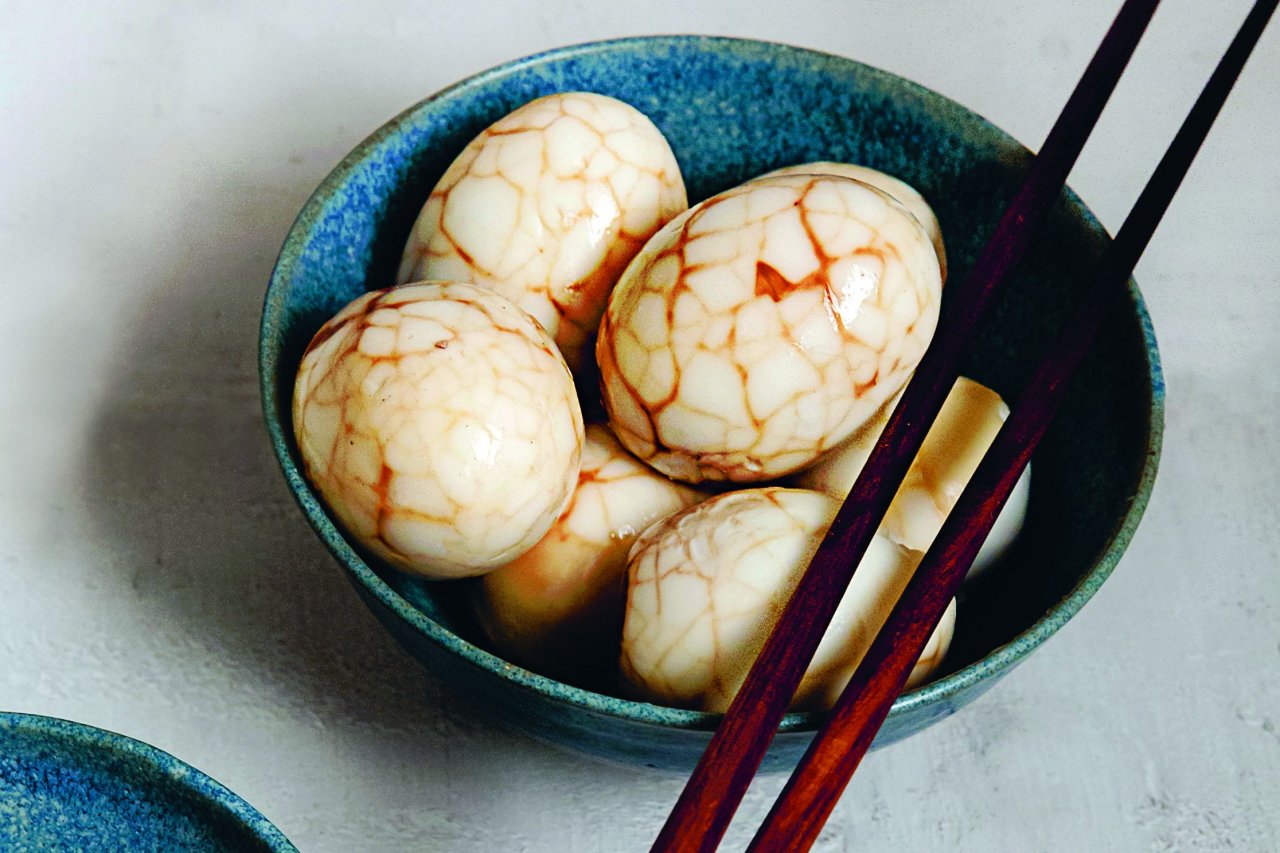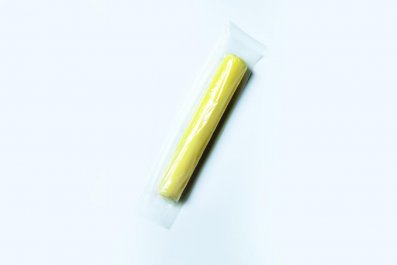
If Guinness World Records 2017 were to have a section on the largest number of recipes collected, written and tested in a year, married writing partners Kei Lum Chan and Diora Fong Chan might step up for the prize. Their new book, China: The Cookbook, contains some 650 recipes and weighs more than several woks and a side of sticky ribs.
China has almost as many provinces as Europe has countries. Each has its own food culture, ingredients, cookery style and unique characteristics—from the famously hot, spicy cuisine of Sichuan to the lesser known of Inner Mongolia, where specialties include goat-liver sausage and tea that is salty. Defining China's cooking in a single volume for the first time was always going to be a monumental task.
Kei is modest about the achievement. "We already had an archive of about 1,200 Chinese recipes, many previously unpublished," he tells Newsweek. "Choosing the first 400 was easy. After that, it became harder. Many had similar ingredients, similar methods—we had to choose the best balance of recipes we could."
Balance is not a word the Chinese use lightly: It is part of both the national psyche and its philosophy. This is reflected not only in the range of the book's recipes—from Hubei's stir-fried pig's tongue to Yunnan's chanterelles with tuberose—but also in the recipes themselves. "Whether it is in life or in food," Kei says, "balance is key. You will find not just sweet and sour within a dish but also meat and vegetables. Within a banquet, you find hot and cool dishes. Both are always mindful of a balance of taste, health and ingredient." Hence, the choice to organize the book into types of dishes, rather than by region. It's democratic too: A sixth-century recipe (and favorite of the authors) for lion's head meatballs gets equal attention as a 5-minute Hong Kong stir-fry of ketchup-laced shrimp with vermicelli.
The authors note that among the Chinese middle classes, as in Europe and the U.S, the younger generation is deserting fast food and ready meals in favor of going back into the kitchen. So, as well as being a definitive reference book, China: The Cookbook is intended as a manual for the home cook. Most of the recipes are very simple; some take more intricate knife work to achieve. And while some of the ingredients are esoteric—you may find it difficult to pin down black moss or convince your butcher to part with pork lung—the majority should be easy to find at Asian supermarkets. Lion's head meatballs: coming soon to a kitchen table near you.
China: The Cookbook by Kei Lum Chan and Diora Fong Chan is published by Phaidon in the U.K., £30 (about $40).



















